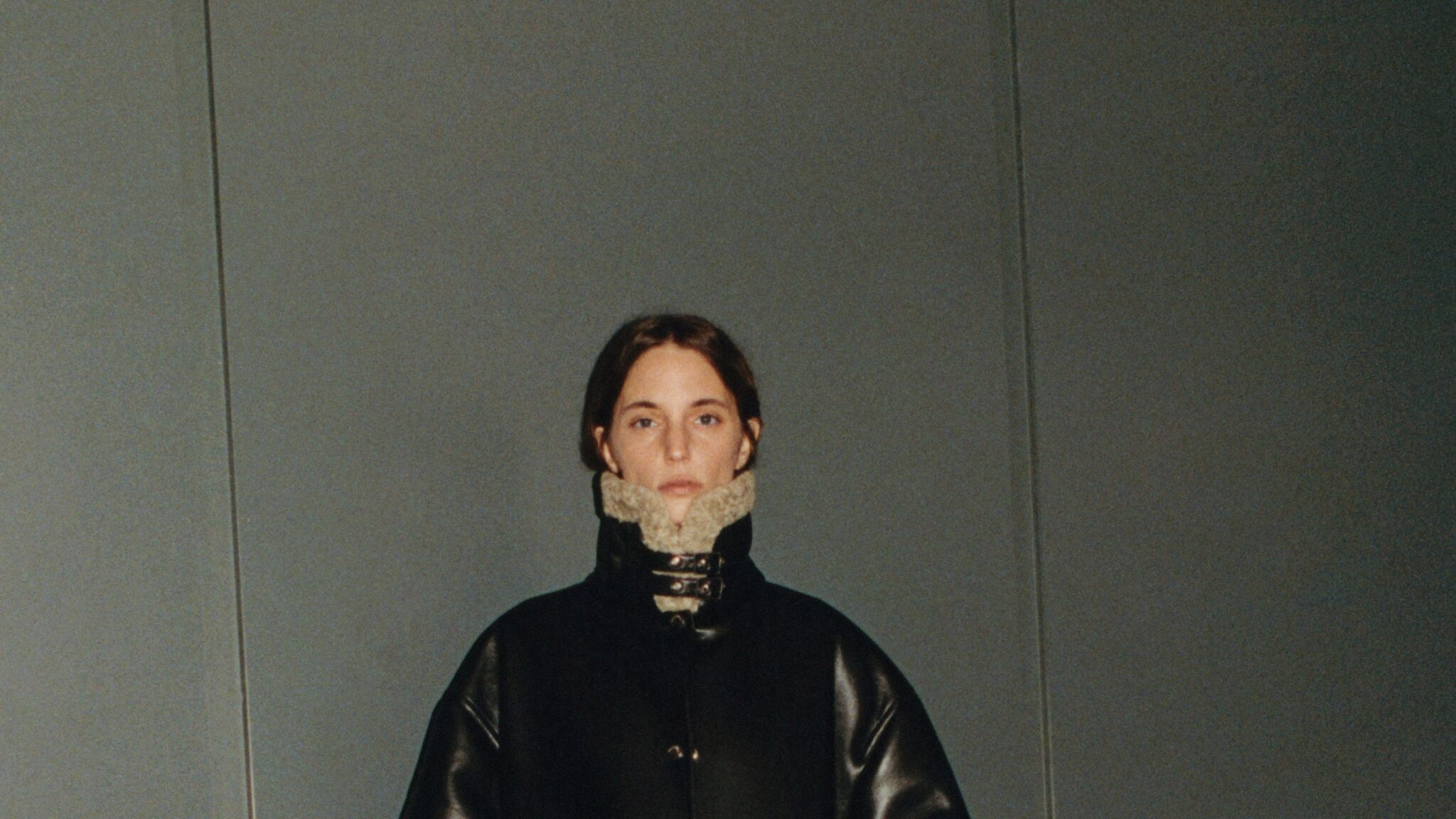For the fall, Nanushka’s Sandra Sándor returned to her memories of her teenage years growing up in Hungary. Before the fall of the Iron Curtain in 1989, crossing borders was prohibited; fashion was an abomination. Sándor and her family traveled extensively around the country, so her fashion sense was initially shaped by the utilitarian folklore of the traditional costumes of local rural communities. Only later did she come across fashion magazines from the US: “It was a revelation,” she said. “A whole new world opened up. I was in love.”
The mixed collection was about layers of personal memories: “I wanted to look at myself and go to the roots of my style; it is the 90s, seen through the eyes of a Hungarian teenager,” said Sándor. She referred to the pages of Fashion; the sporty zip-up sweaters that her father wore during tennis tournaments were as strong a source of inspiration as the cool black leather motorcycle jacket of a riding friend. They were translated by Sándor into Nanushka’s functional, minimalist clothing, whose understated look was enhanced this season by luxurious textures and a focus on crafted surfaces.
Standouts in the gender-fluid lineup included voluminous nomadic coats and vests in white faux fur that resembled racka sheepskin, cropped boxy coats in soft technical velvet quilted with traditional Kopjafa symbols, and maxi A-line city coats and protective capes in regenerated black leather bound with shearling. . Sándor continued to expand research into sustainable fabrics and treatments, in line with Nanushka’s ethos of responsible production; the upcycled OKOBOR (the label’s signature alt leather) was transformed into a stretchy seersucker smocked fabric, while a faux sheepskin had a thick, compact texture and a smooth, soft finish.





